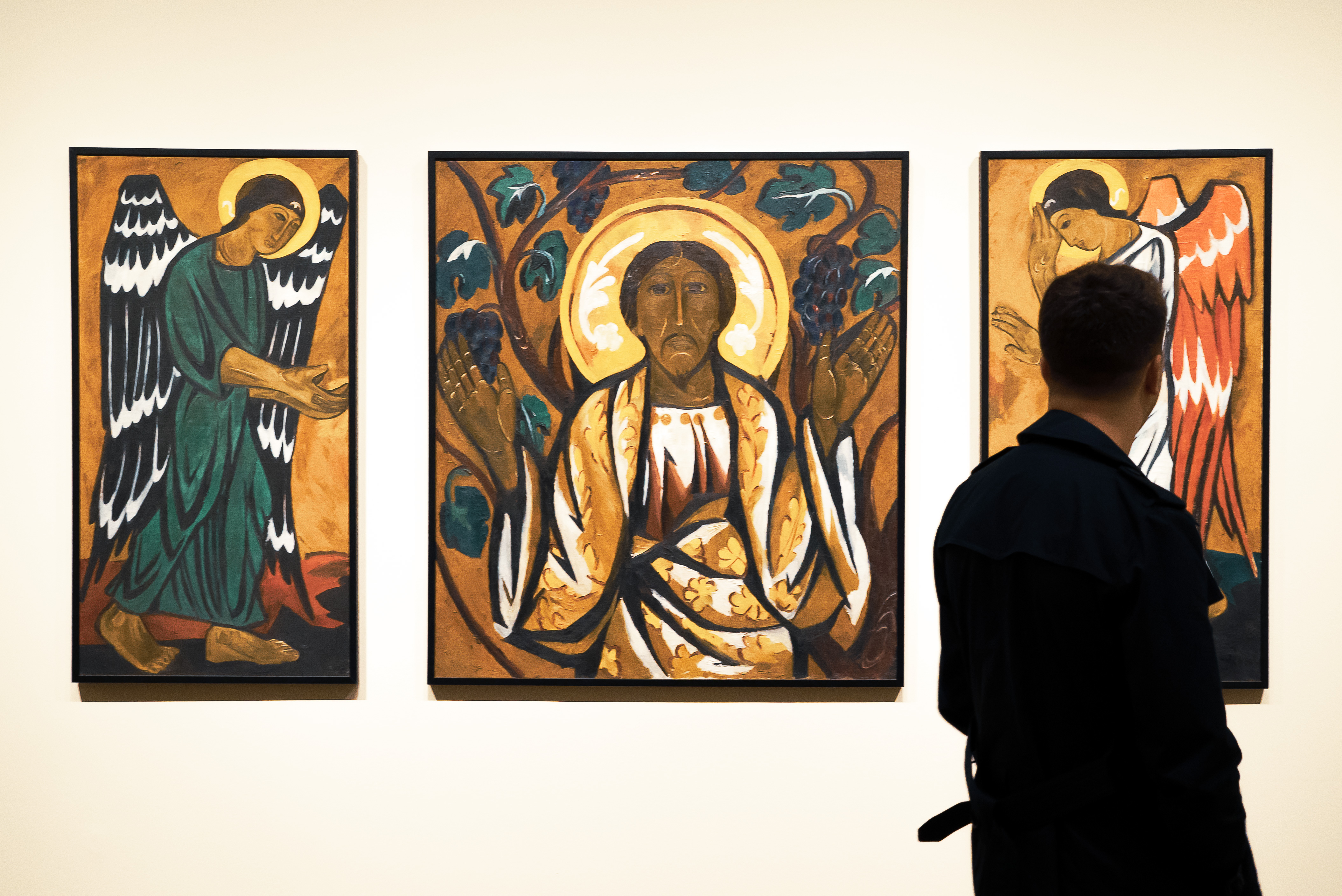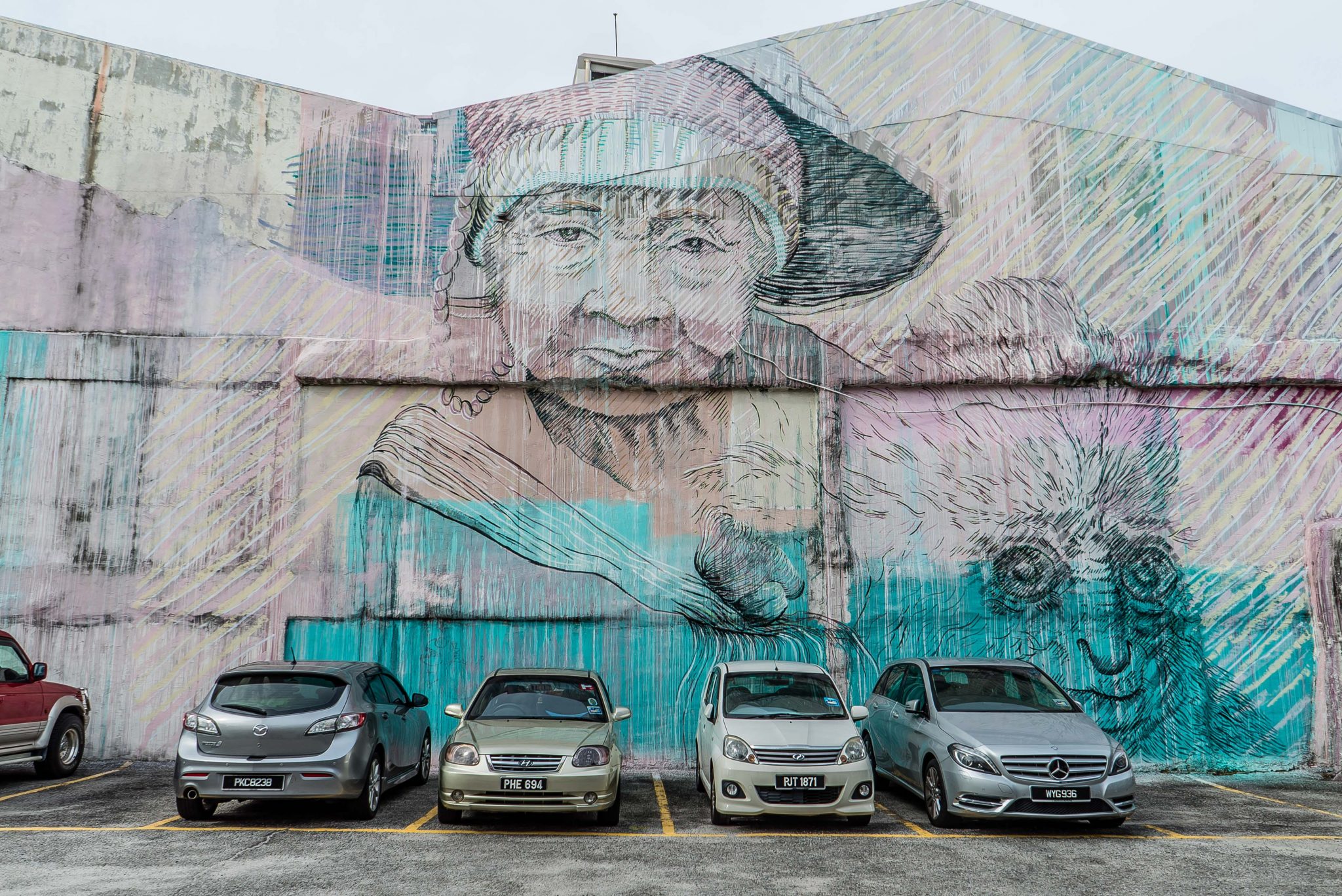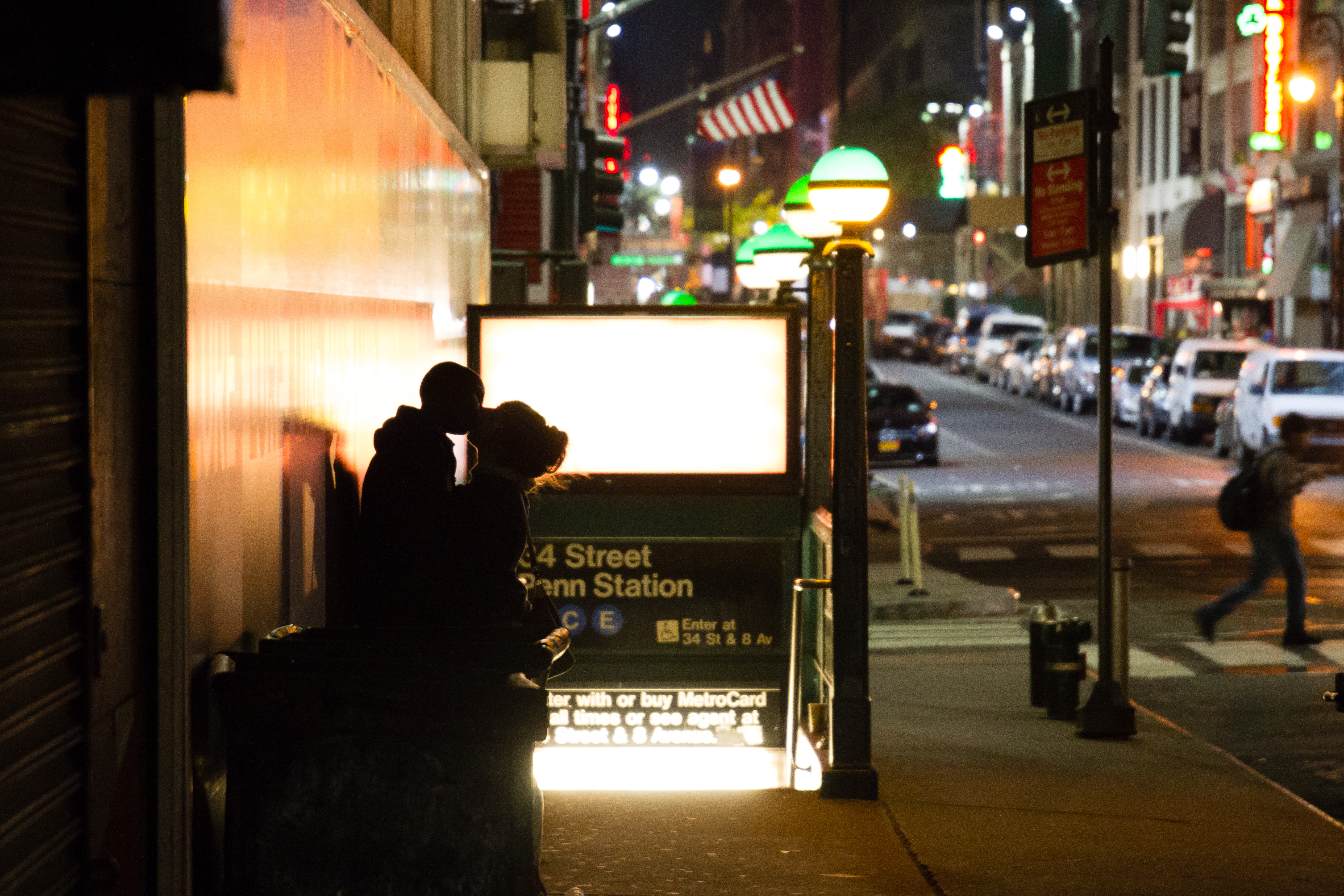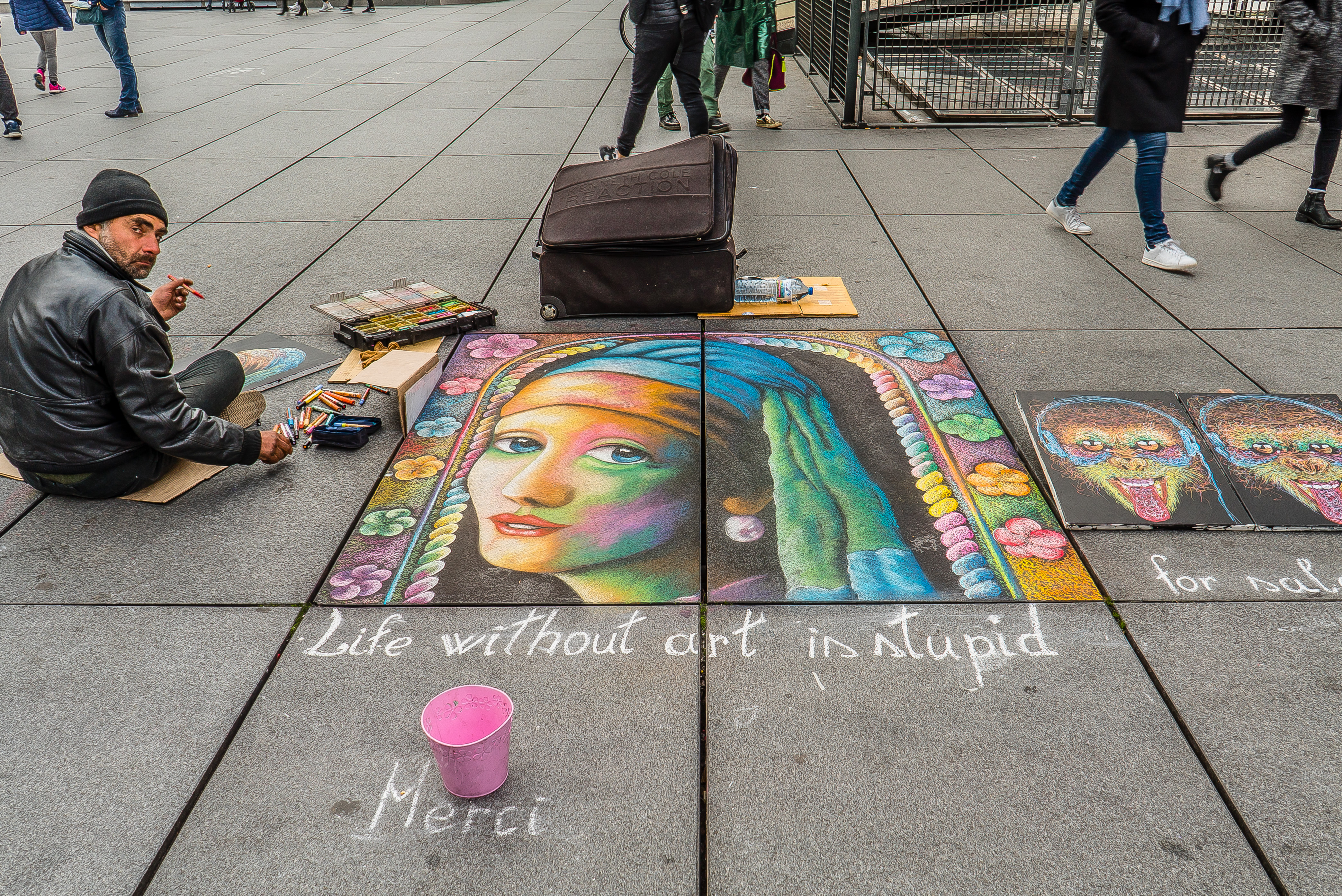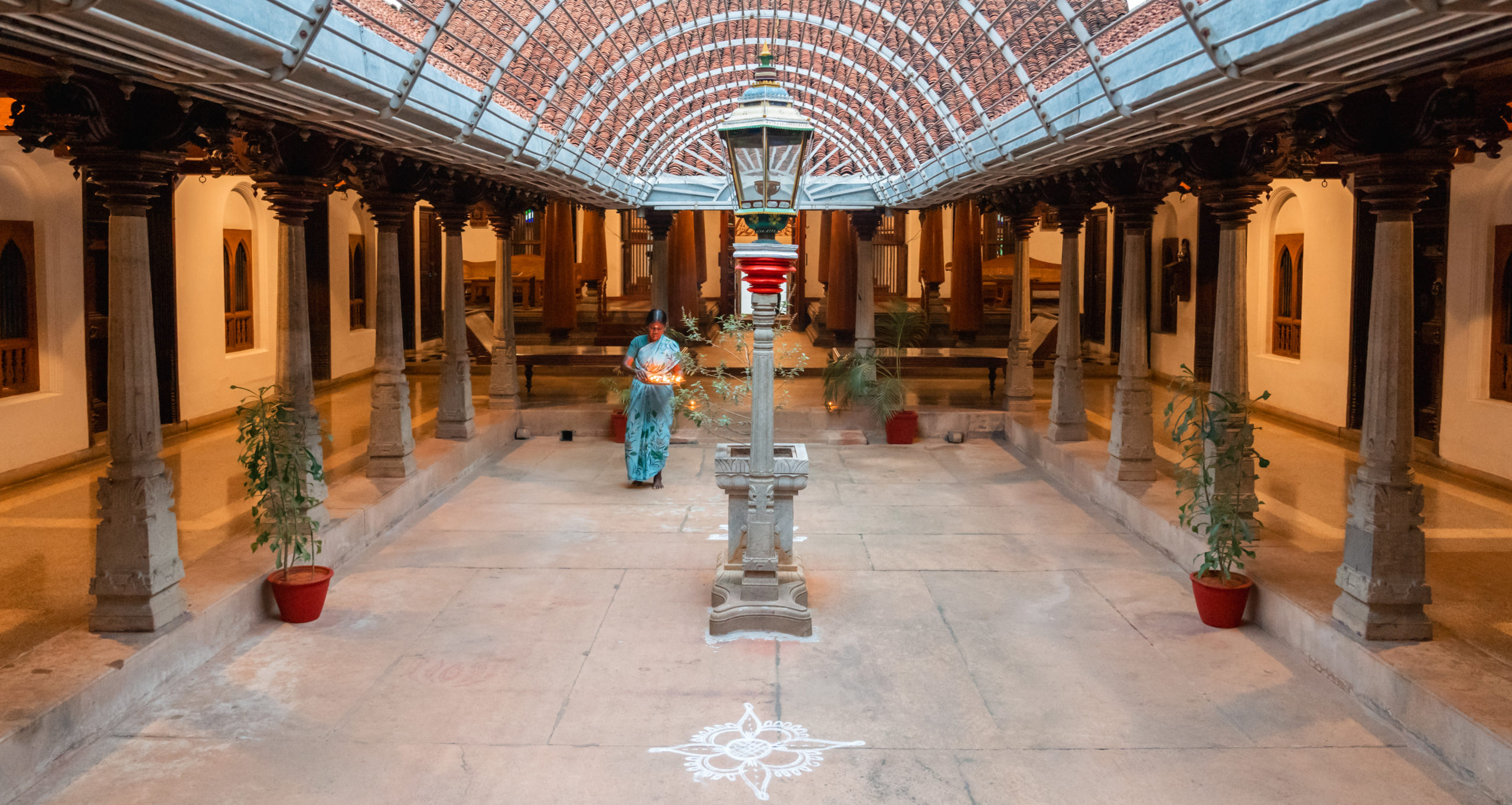The conventional narrative around art has been created from a mostly male POV. With those primarily considered the “legends” of artistic forms being male. But what happens when a woman challenges those narratives? Well, she gets charged with obscenity, has her work confiscated, offends the church, and becomes the leader of the Russian Avant-garde.
Natalia Goncharova redefined what art meant in Russia by documenting the shift of Russian culture from an agricultural one to an industrial one. From a nation of peace to one of war. Goncharova believed the new art movement in Russia could be found in the traditions and religion of their past. This radical idea made her the face of a new wave of artistic expression that wasn’t only blossoming in Russia, but throughout Europe in the early 1900s.
Before this exhibit, I had never heard of Natalia Goncharova. Even given my extensive studying of European history, it seems she’s still overlooked in some academic circles. This is beginning to change with exhibitions such as this one at the Tate Modern Art Museum. Not only displaying her paintings but her other forms of artistic expression such as costume design, poetry, and collection of others work.
Natalia Goncharova’s work set the stage for many women artists and was one of the first modern women to truly push the boundaries for artists. Female and male alike. It’s always special to discover a new artist. But it’s even more exciting when I have an opportunity to discover the impact that someone from a relatively marginalized group has had on the world of art.
Unfortunately, this exhibition isn’t permanent. It’s a collection of works from museums around the world as well as private collectors. It’s the first time such a vast number of her works have been displayed since the early 1900s. Which makes this experience all the more special.

